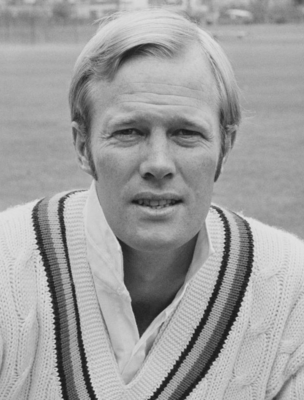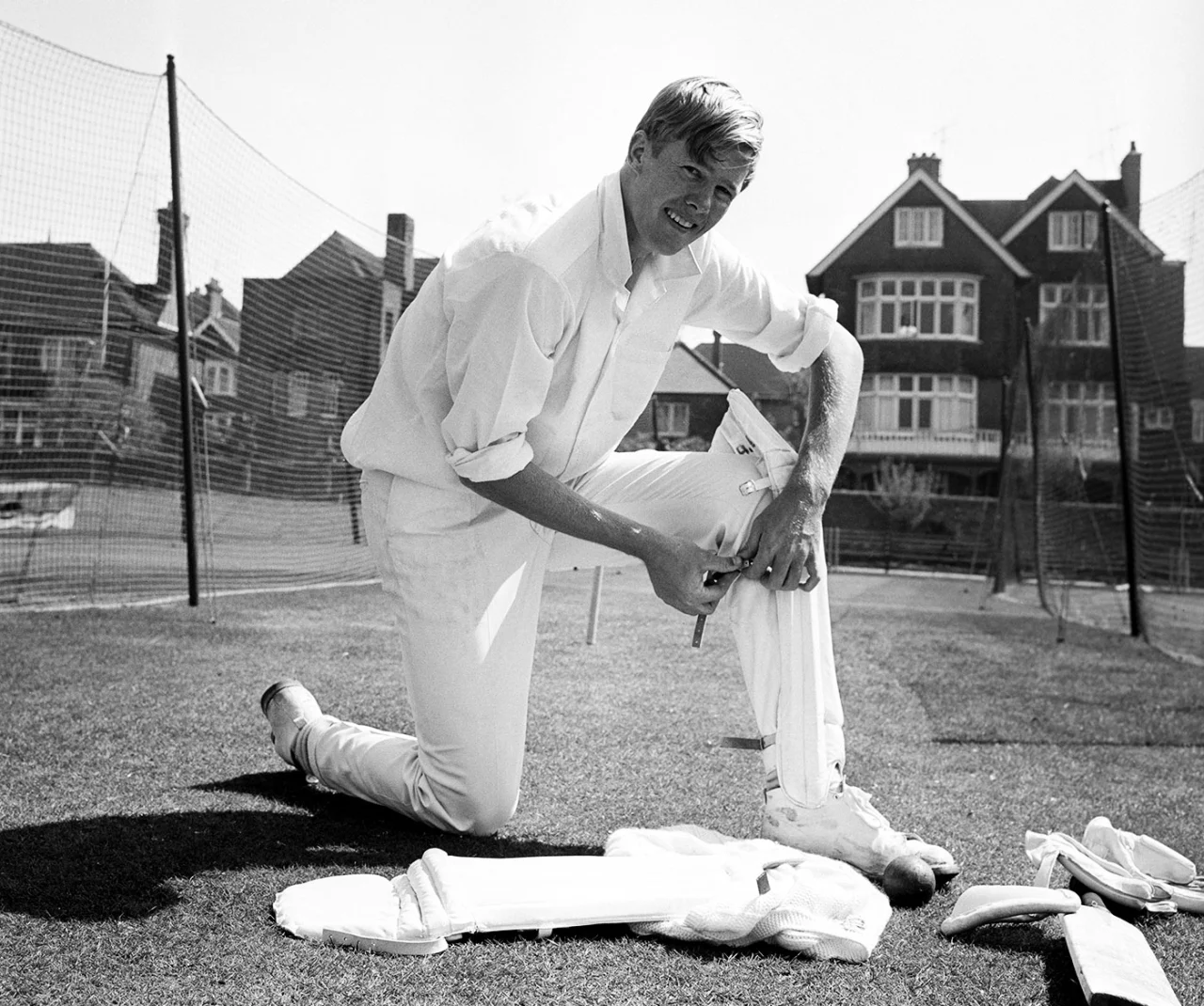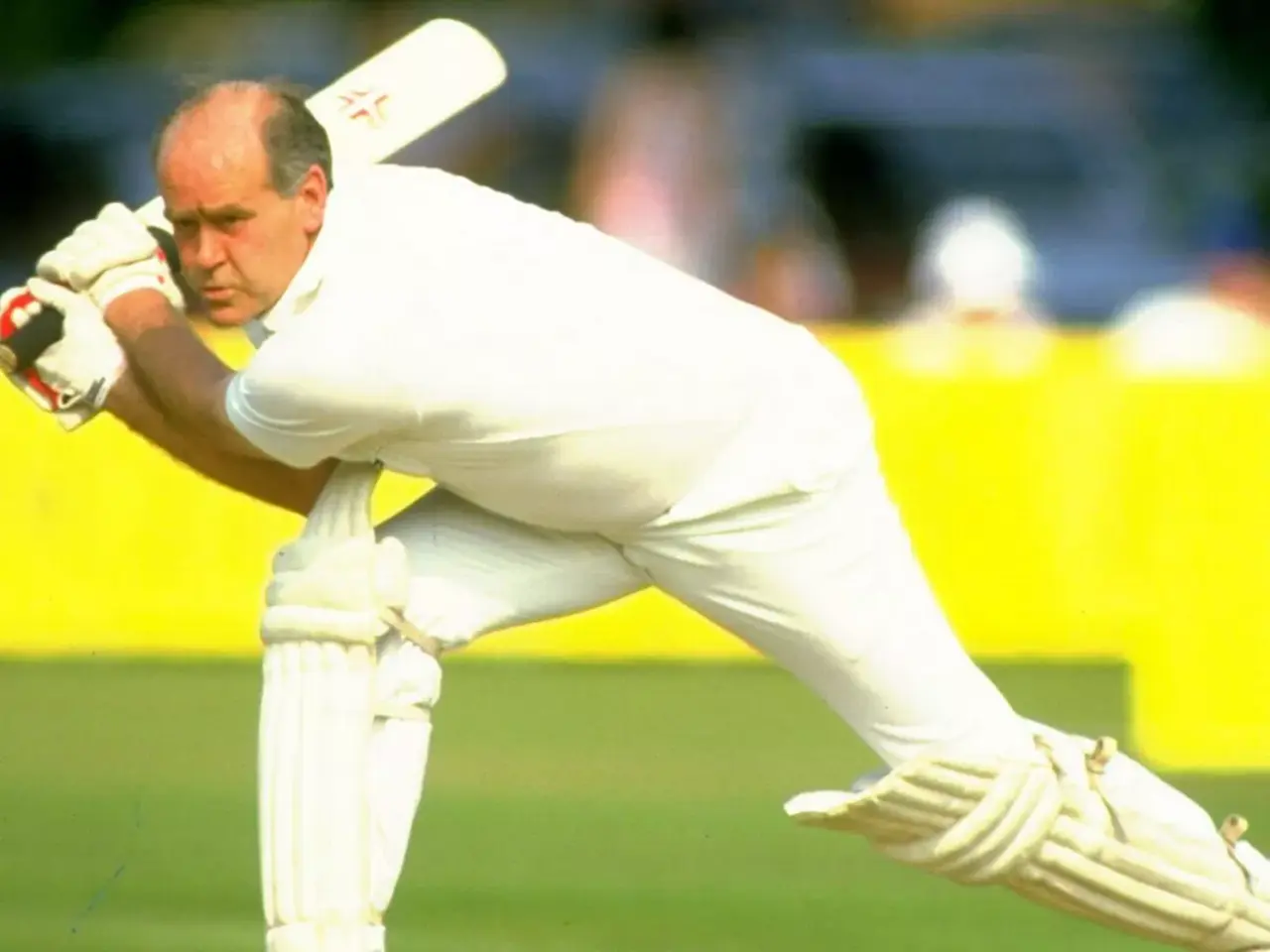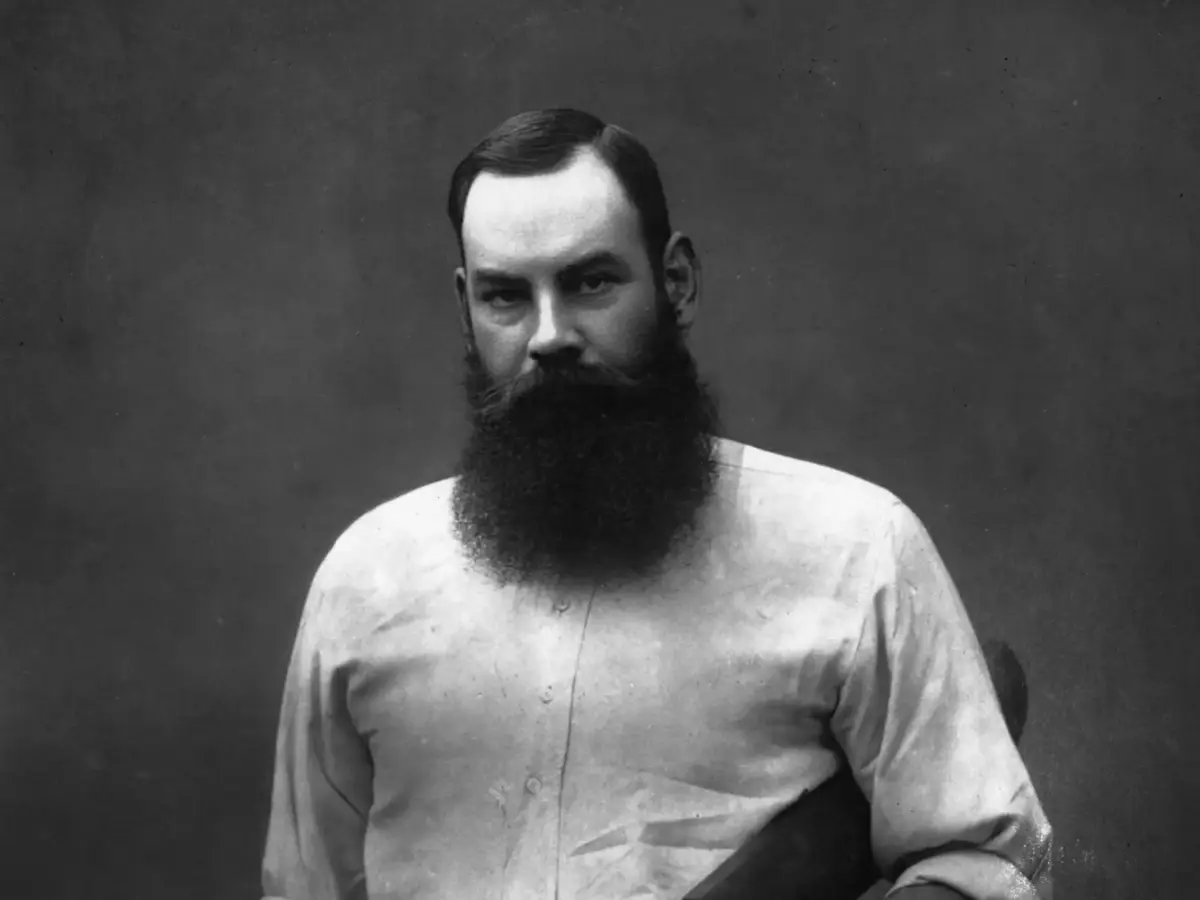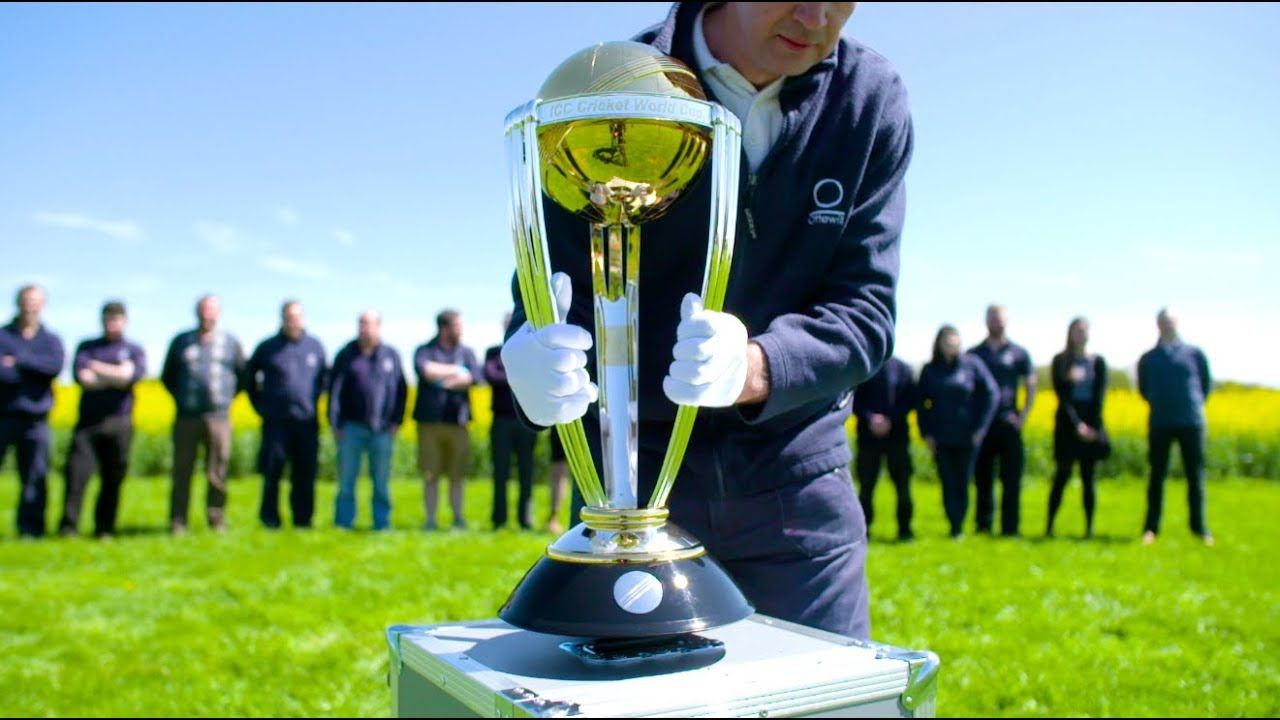The most famous Sussex’ bowler of all the time, and a former captain of England squad, Tony Greig ethced his name to history of cricket with a remarkable performances.
Summary and Key Takeaways
Key Takeaways of Tony Greig's Biography, Career, and Statistics
1. Early Life and Background of Tony Greig:
- Tony Greig was born on October 6, 1946, in Queenstown, South Africa, into a family with a strong sports background, particularly in cricket and rugby.
- His early exposure to cricket, coupled with his towering height, played a crucial role in shaping his interest and skills in the sport.
2. Career Progression and Achievements:
- Greig's journey from school cricket to international prominence was marked by rapid progression, showcasing his talents as an all-rounder from a young age.
- He made significant contributions to both domestic cricket in South Africa and later in England, where he played for Sussex.
3. International Cricket Milestones:
- Greig's Test career saw him play 58 matches, scoring over 3,500 runs and taking 141 wickets, establishing himself as a key player for England.
- His memorable performances include a commanding 148 against India in 1974 and his impactful role in the Ashes series, particularly in 1974-75.
4. Statistical Overview of Career:
- In Test cricket, Greig's batting average of over 40 and his ability to take wickets at an average of 32.20 highlight his all-round capabilities.
- His contributions in ODIs and domestic cricket further underline his versatility and impact across different formats.
5. Controversies and Impact:
- Greig was involved in the Packer Affair, a significant controversy that led to changes in cricketing structures and player conditions.
- His aggressive style of play and controversial comments, such as the "grovel" remark, stirred debates and had repercussions during his career.
6. Legacy and Final Words:
- Despite controversies, Greig's legacy in cricket remains influential, with his dynamic personality, innovative spirit, and contributions to the game's evolution widely recognized.
- His impact as a player and later as a commentator solidifies his place as a significant figure in cricket history, leaving a lasting imprint on the sport.
Early Life and Background of Tony Greig
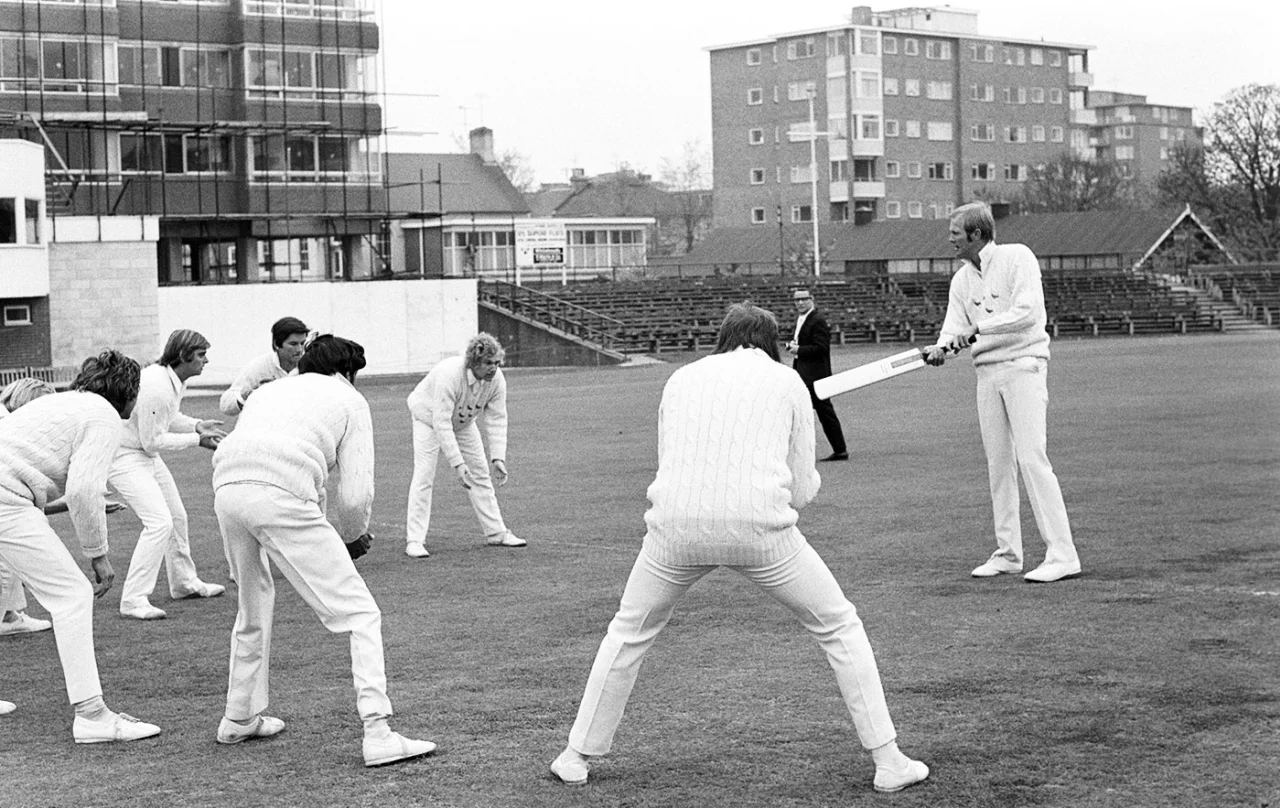
Tony Greig, born on October 6, 1946, in Queenstown, South Africa, was a prominent cricket player and commentator.
His journey from a young boy in South Africa to an international cricketing icon is a story of talent, ambition, and resilience.
Birthplace and Family
Greig was born into a family with a strong affinity for sports. His father was a cricketer at the district level, and this early exposure to the game played a significant role in shaping his interest in cricket.
Growing up in Queenstown, a small town in the Eastern Cape of South Africa, provided Greig with the environment and community that cherished cricket, which helped nurture his growing passion for the sport.
Early Education
Tony Greig attended Queen’s College, a prestigious boys’ school known for its strong emphasis on sports, particularly cricket.
During his time at Queen’s College, he demonstrated a natural talent for the game, which was complemented by his physical stature; Greig stood 6 feet 6 inches tall by the time he was an adult, giving him an advantage on the cricket field.
Initial Involvement in Cricket
Greig’s cricketing journey began earnestly in his school years. He quickly made a name for himself in school cricket circles, showing promise as an all-rounder.
His performances at the school level led to selections for regional youth teams, and he was soon playing in competitive leagues and tournaments.
His ability to both bowl and bat effectively set him apart from his peers, making him a valuable player in any team.
Significant Childhood Influences
The influence of Greig’s father, who was not only a cricketer but also a rugby player, was monumental in his early exposure to and development in cricket.
His family’s sporting background provided him with the necessary support and resources to pursue his interests in cricket.
Additionally, the competitive sports culture at Queen’s College played a crucial role in honing his skills and competitive spirit.
Early Cricketing Experiences and Achievements
Greig’s cricketing prowess became evident in his teenage years. He was a standout performer in school and club cricket, which led to his selection in Eastern Province’s youth teams.
His performances in these early days were marked by both his batting and bowling capabilities, making him a versatile and influential player on the field.
Career Achievements of Tony Greig
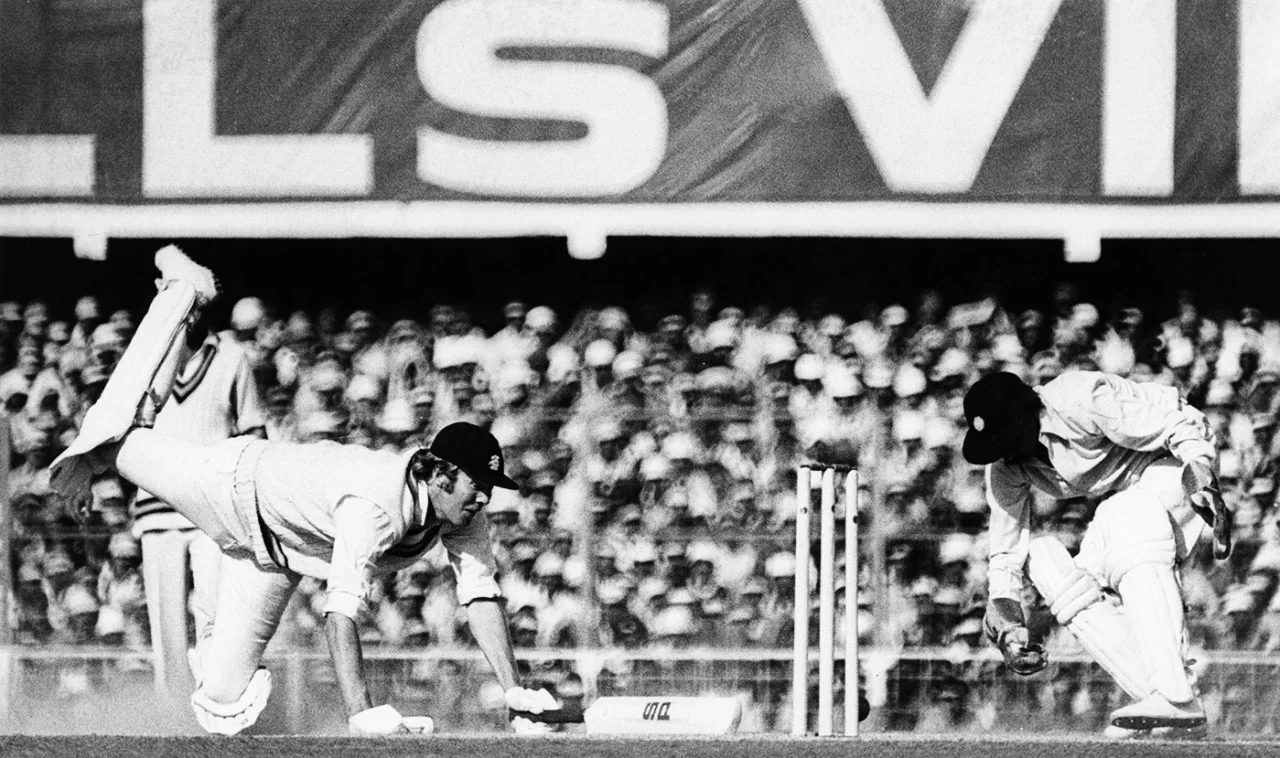
Tony Greig was a prominent figure in international cricket, known for his all-round abilities and dynamic leadership.
His cricketing career is marked by significant achievements and contributions to both domestic and international cricket.
International Career Milestones
Greig made his Test debut for England against Australia in 1972 and quickly established himself as a key player.
He played 58 Test matches, scoring 3,599 runs at an average of 40.43, including eight centuries and twenty-two fifties.
As a bowler, he took 141 wickets at an average of 32.20. His ability to contribute in all aspects of the game made him a valuable player for the English side.
One of his most memorable innings was against India in 1974, where he scored a commanding 148 runs, showcasing his batting prowess.
As a captain, he led England in 14 Test matches, winning three, losing five, and drawing six.
Domestic Cricket Successes
Before moving to England, Greig played domestic cricket in South Africa, representing Eastern Province and Border.
In England, he played for Sussex, where he became a leading player, contributing significantly with both bat and ball.
His performances in the County Championship were instrumental in Sussex’s successes during his tenure.
Notable Performances in International Series
Greig’s performances in the Ashes series, particularly in 1974-75, were highly commendable. He scored 291 runs and took 19 wickets in the series, showcasing his all-round capabilities.
His aggressive playing style and competitive nature were pivotal in several England victories.
Awards and Recognitions
While specific awards during his playing days were not as prominent as they are today, Greig’s contributions were widely recognized.
He was celebrated for his strategic acumen, leadership qualities, and all-round skills in cricket.
Post-retirement, he was acknowledged for his contributions to cricket as a commentator and analyst.
Impact on Teams
Greig was known for his aggressive and positive approach to the game. His height and strong build allowed him to generate extra bounce and pace, troubling batsmen and making significant contributions with the ball.
As a batsman, he was known for his ability to play long and impactful innings. His leadership style was assertive and proactive, often inspiring his teammates to perform better.
Statistical Overview of Tony Greig’s Cricketing Career
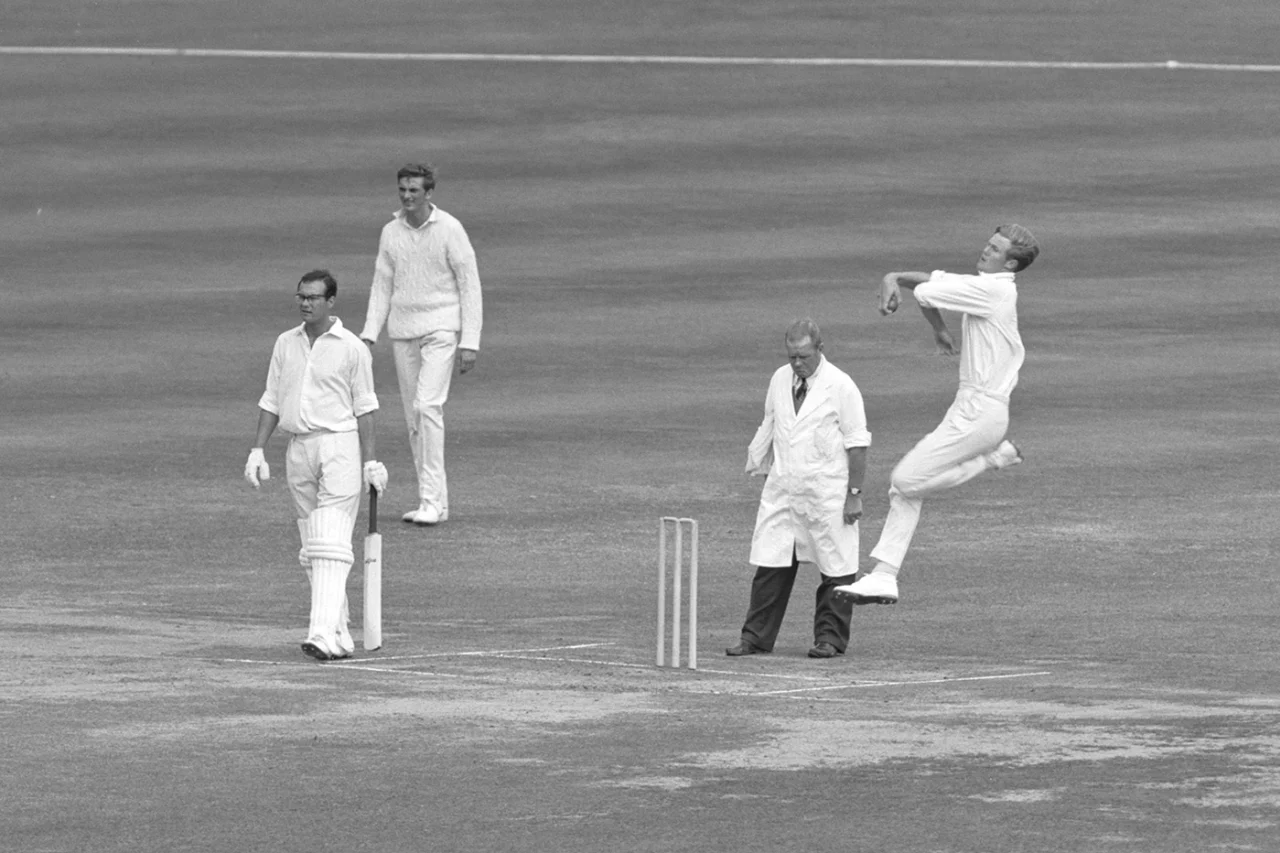
Tony Greig’s cricket career, spanning from the early 1970s to the late 1970s, was marked by significant contributions in both batting and bowling departments.
His statistics reveal the impact he had in the various formats he played, mainly Test and One Day Internationals (ODIs), as Twenty20 cricket was not a part of the international scene during his playing days.
1. Test Cricket Performance
- Batting: In Test cricket, Greig played 58 matches and scored 3,599 runs at an average of 40.43, with his highest score being 148. He scored 8 centuries and 20 fifties throughout his Test career.
- Bowling: As a bowler, he took 141 wickets at an average of 32.20, with his best bowling figures in an innings being 8/86. His role as an all-rounder was crucial, providing balance to the team.
- Strike Rates: While strike rates were not commonly calculated during his era, Greig’s aggressive style suggested a positive and higher-than-average strike rate for his time.
2. One Day International Performance
- Batting: In ODIs, Greig played 22 matches, scoring 269 runs with an average of 16.81, and his highest score was 48. His batting in ODIs was not as dominant as in Tests.
- Bowling: He took 19 wickets in ODIs, with his best bowling figures being 4/45, showcasing his capability as a useful bowler in the shorter format as well.
3. Domestic Cricket Statistics
While specific domestic cricket statistics for Greig are less documented, he had a successful career with Sussex in the English County Championship.
His all-round abilities made him a key player for Sussex, contributing significantly with both bat and ball.
4. Role and Position in the Team
Greig was primarily an all-rounder, batting usually in the middle order and serving as a part-time bowler with medium pace or off-spin.
His tall stature allowed him to extract extra bounce and pace, troubling opposition batsmen and making him an effective bowler, especially in English conditions.
5. Bowling and Batting Techniques
Greig was known for his ability to use his height to generate bounce and seam movement. He was versatile, adapting his bowling style to suit the conditions, switching between medium pace and off-spin.
As a batsman, Greig was technically sound with a tall stance, allowing him to play both front and back foot shots effectively.
His height gave him a considerable reach, enabling him to handle a variety of bowling attacks with relative ease.
Controversies Involving Tony Greig
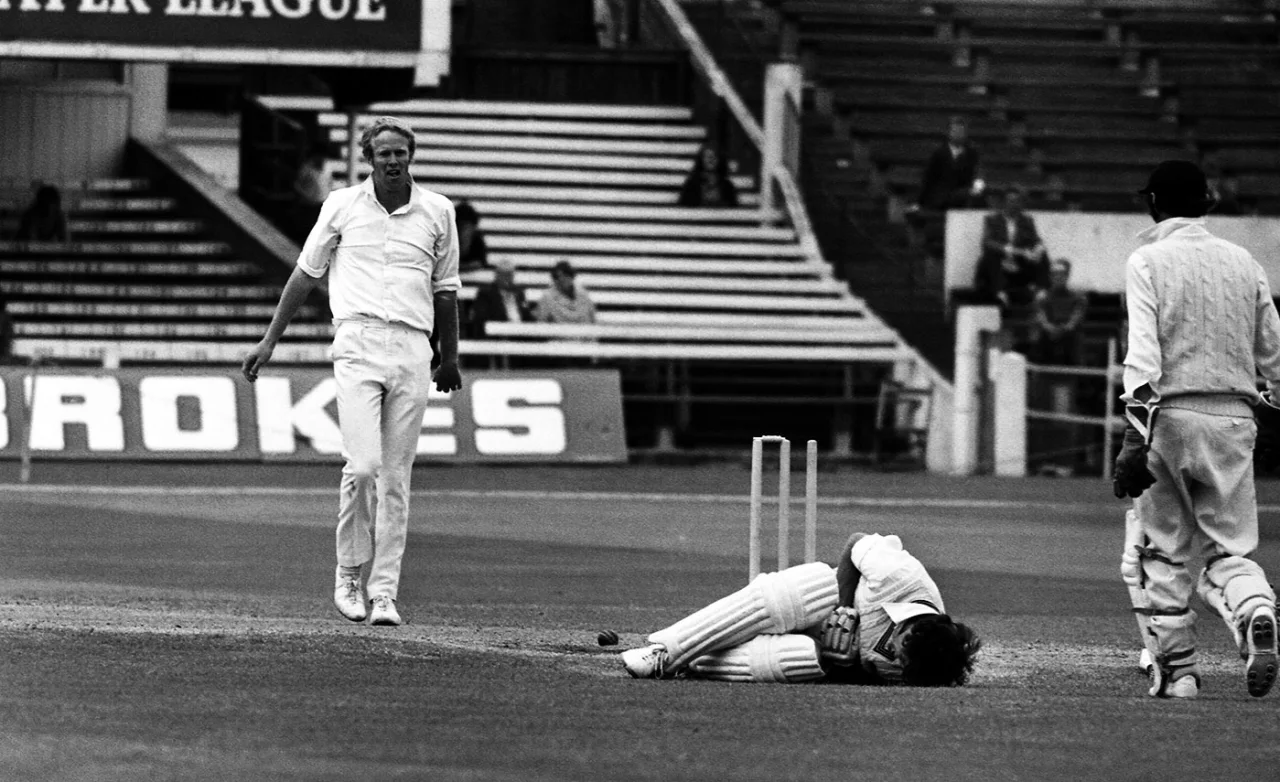
Tony Greig, while predominantly known for his cricketing prowess and later commentary work, was involved in several controversies that had a significant impact on his career and reputation.
The Packer Affair (1977)
Perhaps the most significant controversy surrounding Tony Greig was his involvement in the creation of World Series Cricket (WSC) by media tycoon Kerry Packer.
In 1977, Greig, then the captain of the England cricket team, was instrumental in recruiting players for the WSC, which aimed to revolutionize cricket with colored clothing, night games, and other innovations.
Greig’s role in recruiting players for this breakaway series led to a substantial conflict with the cricket establishment.
His actions were seen as a betrayal by the England and Wales Cricket Board (ECB), and as a result, he was stripped of the England captaincy.
The WSC also led to significant changes in the cricket world, including improvements in players’ earnings and conditions.
On-Field Incidents
1. Aggressive Play and Comments
Greig was known for his aggressive style of play and sometimes controversial comments. In the 1974–75 Ashes series in Australia, he infamously promised to make the West Indies “grovel,” a comment that was considered racially insensitive and sparked considerable backlash, especially from the West Indies team.
2. 1976 Series Against West Indies
His remarks fueled the West Indies team to perform exceptionally well, with the series becoming a platform for the West Indies to assert their dominance in cricket.
Final Words on Tony Greig’s Biography, Career, and Statistics

Tony Greig was a figure of immense influence in the world of cricket, both as a player and commentator.
His all-round skills, leadership, and involvement in significant cricketing developments left an indelible mark on the sport.
Despite the controversies, his contributions to cricket are widely recognized and have had a lasting impact on how the game is played and perceived globally.
Tony Greig legacy in cricket is remembered for his dynamic personality, innovative spirit, and the profound changes he helped instigate in the cricketing landscape.
All You Need to Know about Tony Greig
Did Tony Greig live in Australia?
Yes, Tony Greig lived in Australia, where he settled and worked as a television commentator before his death in Sydney in 2012.
How tall was Tony Greig?
Tony Greig was 6 feet 6 inches (1.98 meters) tall.
In which country was ex-England cricket captain Tony Greig born?
Tony Greig was born in South Africa.


